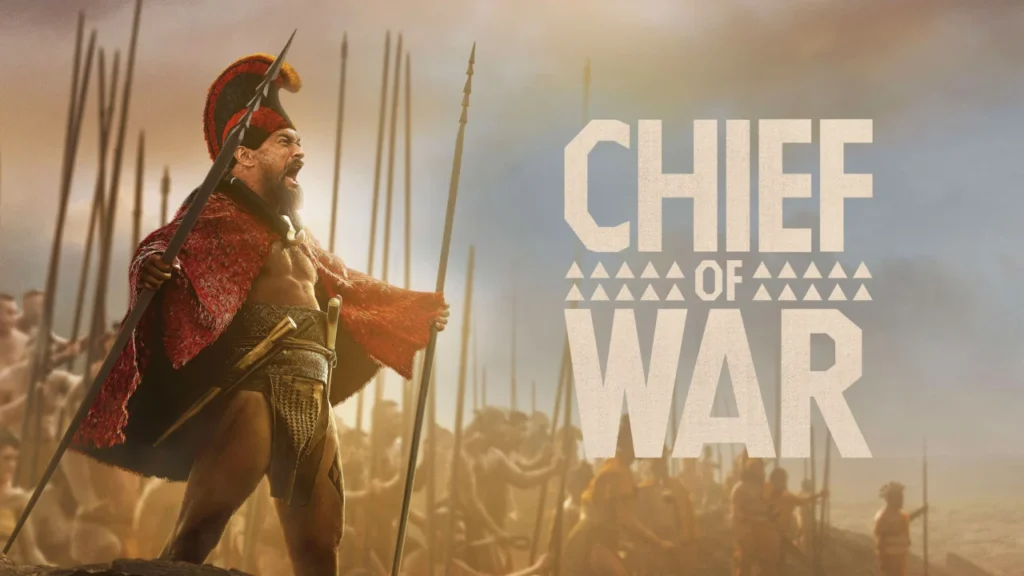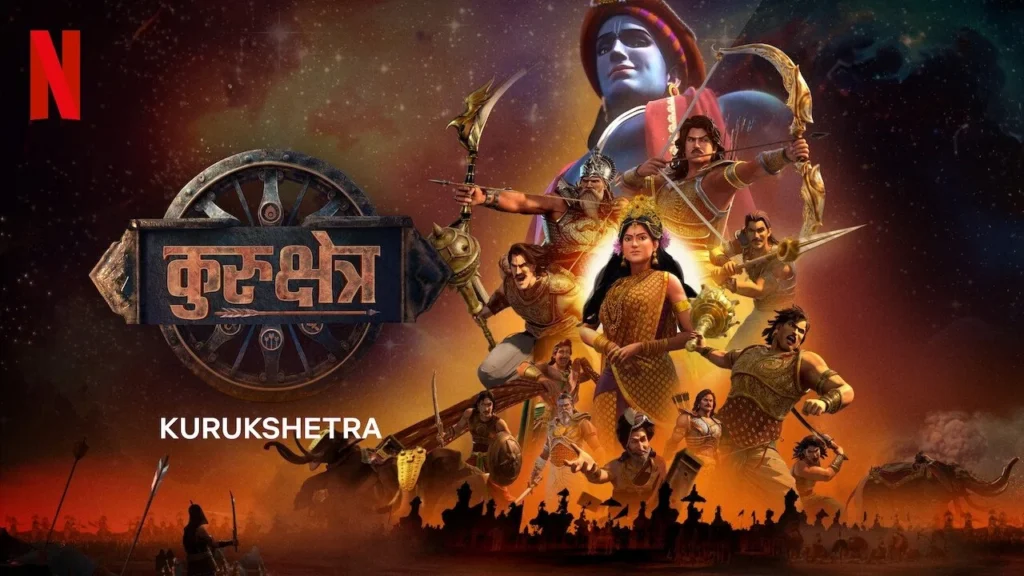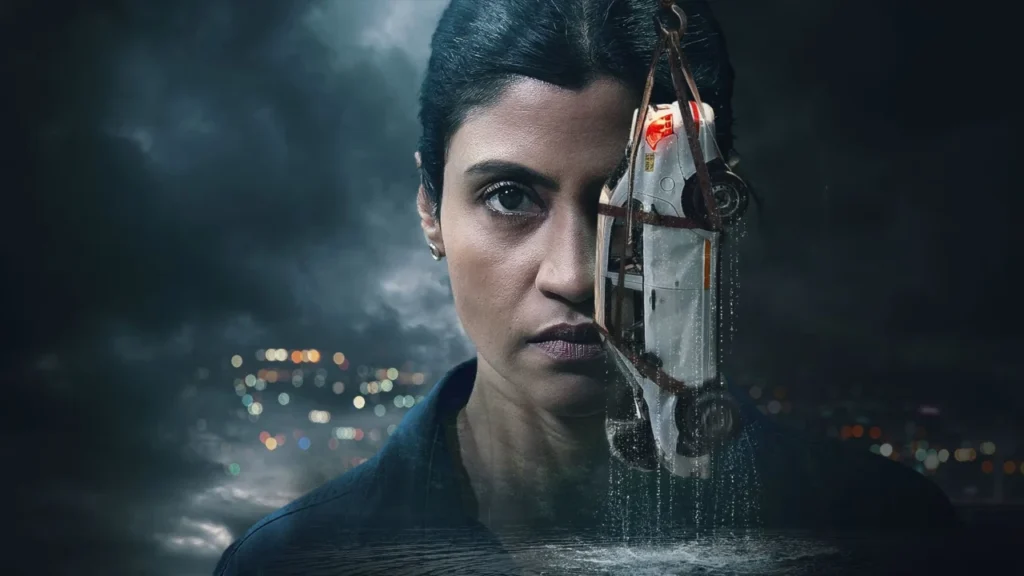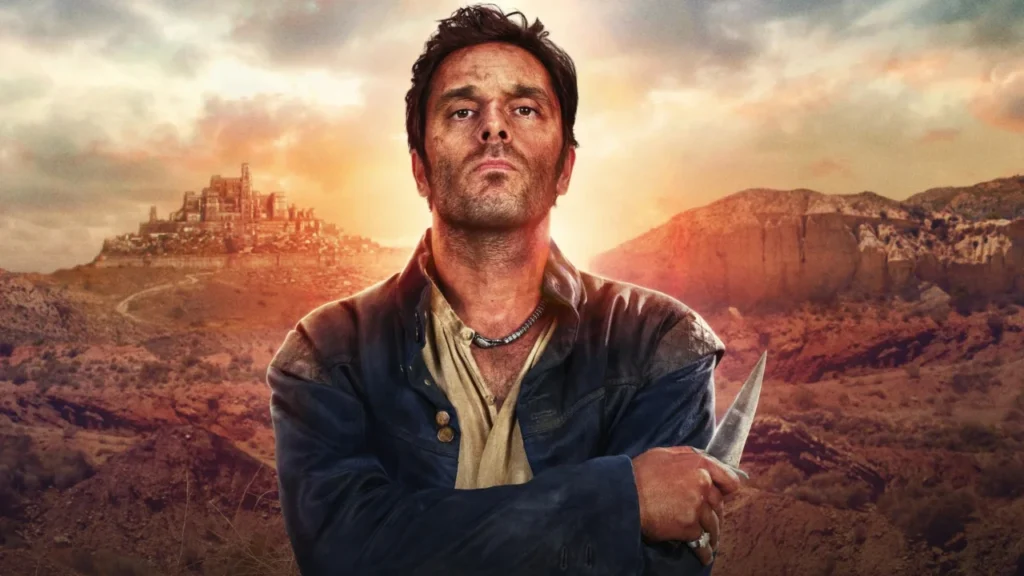Jason Momoa’s latest project brings Hawaiian history to life like never before. Chief of War wraps up its first season with a finale that leaves viewers breathless. Thomas Paʻa Sibbett partnered with Momoa to create this Apple TV+ masterpiece that tells the story of warrior chief Kaʻiana.
The casting choices deserve recognition, featuring authentic Polynesian talent across the board. Stars like Temuera Morrison and Luciane Buchanan bring depth to this historical narrative. Set during the 1700s, the story captures a time when Hawaiian kingdoms fought bitter wars. The final episode masterfully blends real history with spiritual elements that defined Hawaiian culture.
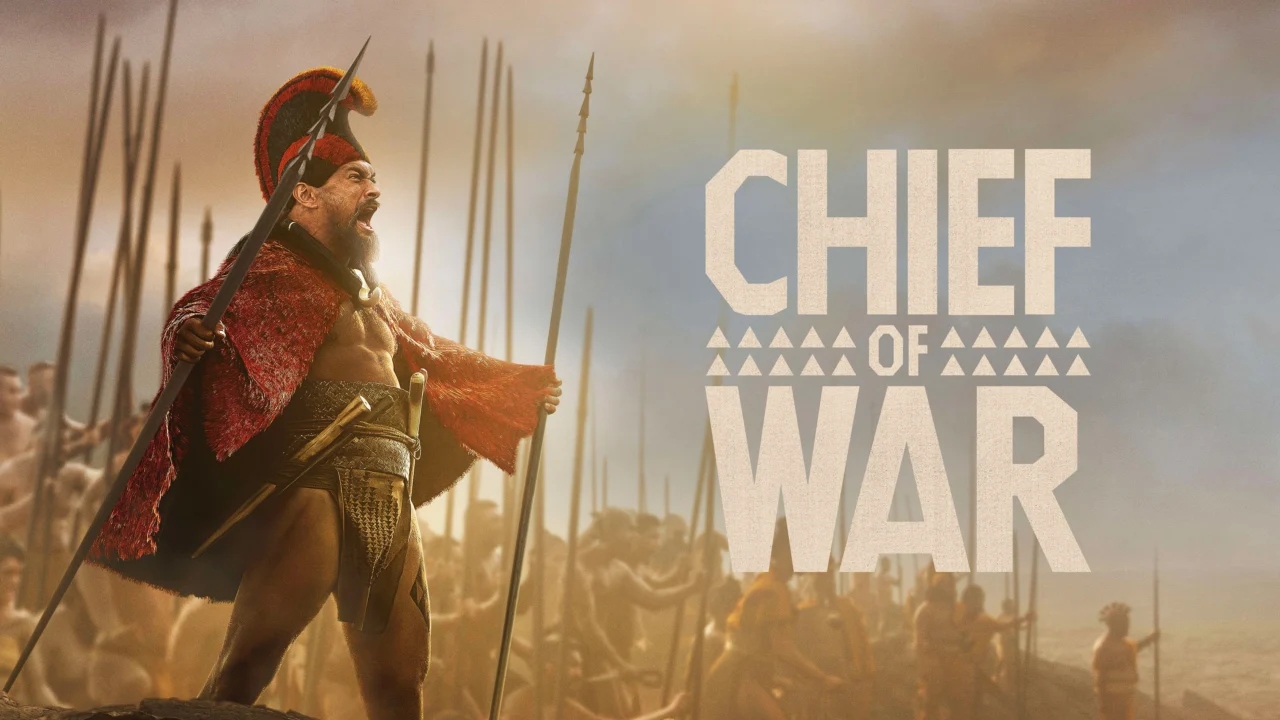
What Really Happens to Kaʻiana
The season’s climactic battle puts Kaʻiana’s survival front and center. Viewers watch as Kamehameha gains the upper hand through strategic use of foreign weapons. Kaʻiana fights alongside him when a volcanic explosion suddenly changes everything.
This dramatic sequence showcases how traditional combat methods clashed with Western military technology. Throughout the season, Kaʻiana struggles with an impossible choice. He must decide between honoring ancient traditions or embracing change to protect his people.
His final decision to support Kamehameha carries deep meaning. It’s not merely about choosing sides in a war. Instead, it represents a fundamental shift in how Hawaiian leaders viewed survival and sovereignty.
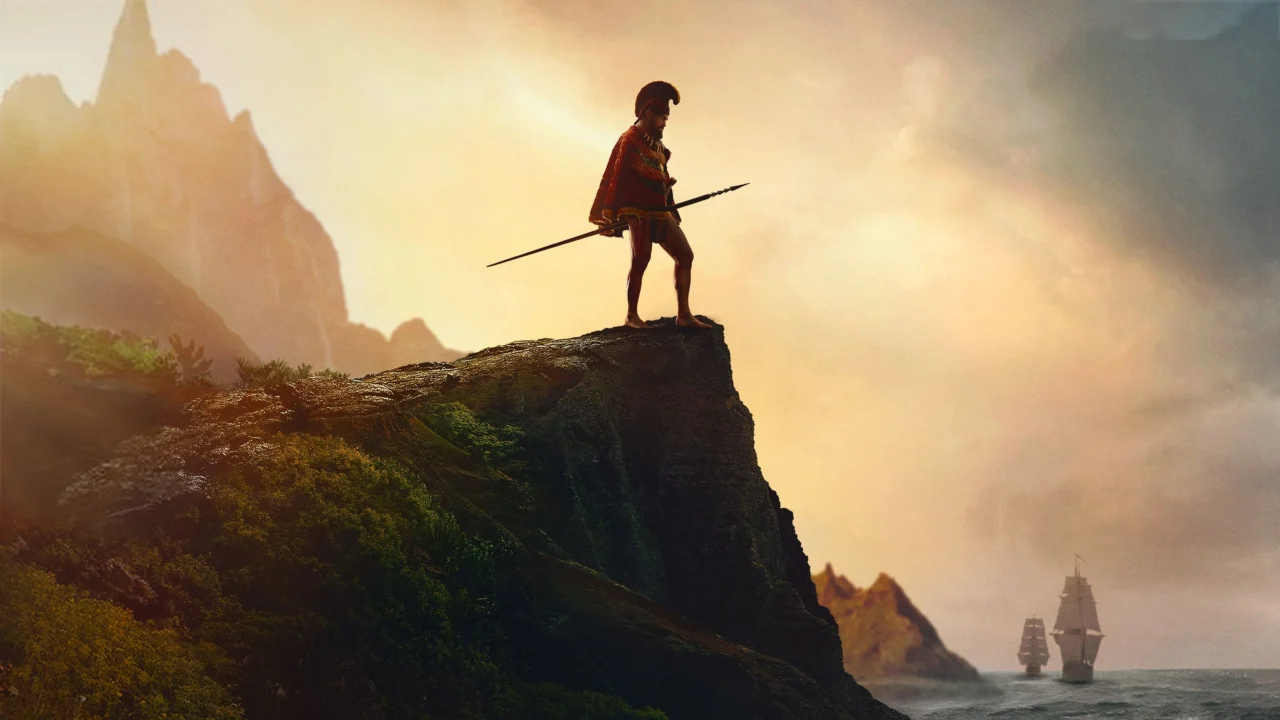
The Power Behind the Volcanic Drama
Nature itself becomes a character in the finale’s most stunning moments. The volcano’s eruption completely reshapes the battlefield landscape. Keoua’s forces get scattered and destroyed by this natural disaster.
Hawaiian spiritual beliefs viewed such events as messages from their gods. Keoua initially saw the volcanic activity as divine support for his cause. The finale reveals how wrong his interpretation was.
This natural catastrophe works as more than just spectacular television. It symbolizes how the land itself seemed to choose Hawaii’s future. The message suggests that unifying the islands was meant to happen.
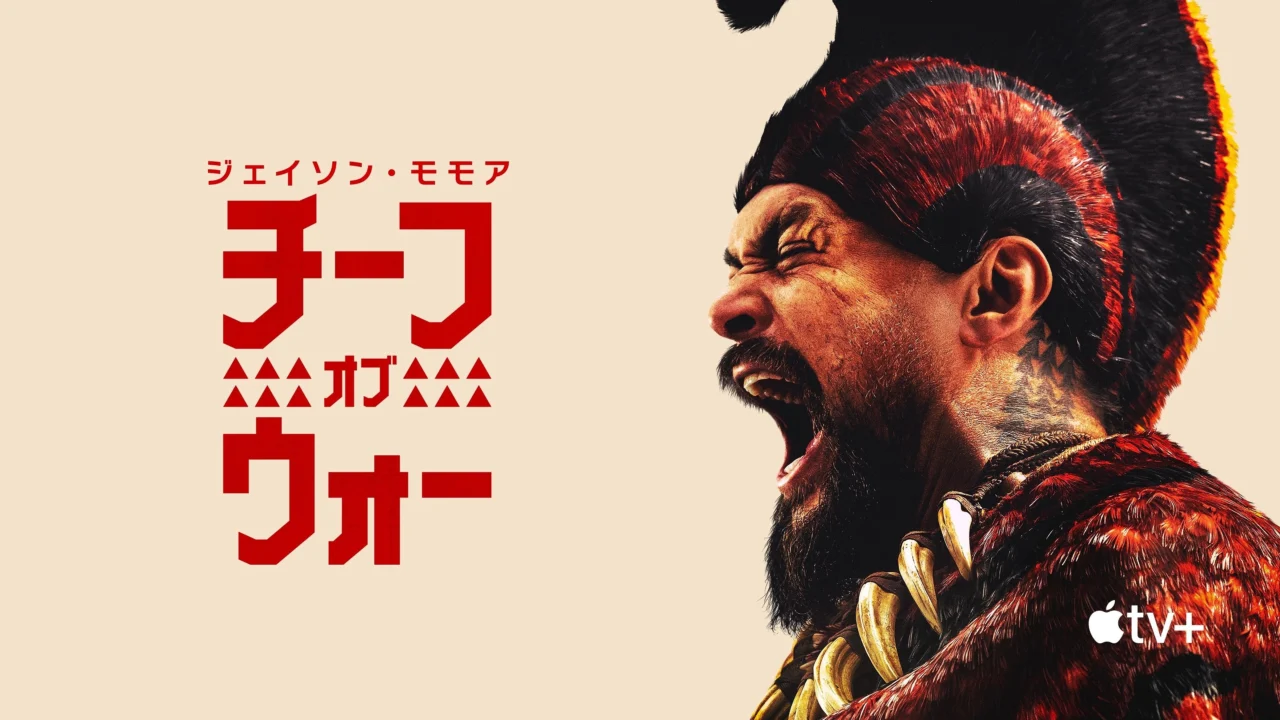
Kamehameha’s Victory Comes at a Price
The finale confirms that Kamehameha wins the war, but victory feels bittersweet. Kaʻiana’s success required abandoning traditional fighting methods. Using foreign guns created a moral dilemma that haunts the characters.
This honest portrayal doesn’t celebrate conquest without examining its costs. Survival against Western colonization demanded sacrificing sacred traditions. The warriors had to use enemy weapons to defeat enemy-backed rivals.
I found this approach refreshingly honest about historical realities. Real resistance movements often face impossible choices. Protecting one’s culture sometimes means changing that culture in fundamental ways.
Cultural Identity Under Pressure
The ending explores what happens when survival conflicts with tradition. The unification represents Hawaiian resistance to foreign domination. Yet it also signals the start of unavoidable cultural changes.
Adopting Western military tactics became a matter of life and death. This shift marked the beginning of a new chapter in Hawaiian history. The culture would need to adapt and evolve while maintaining its core identity.
Spiritual connections to the land remained strong despite political changes. The finale emphasizes how Hawaiian beliefs survived even as external pressures forced adaptations in other areas.
Divine Disapproval of Foreign Influence
The gods express concern about foreign weapons entering Hawaiian warfare. The finale uses supernatural elements to explore this spiritual conflict. Divine beings recognize that profound changes are coming to their islands.
This religious dimension reflects a deeper theme about indigenous survival. Native peoples worldwide face the same dilemma between maintaining purity and ensuring survival. The volcano serves as both blessing and warning.
I appreciated how the writers captured this spiritual complexity. The eruption supports unification while questioning the methods used. It reflects the mixed emotions that accompany necessary but painful changes.
Preparing for Season Two
The season ends with clear hints about future storylines. While immediate military threats are handled, bigger challenges wait on the horizon. The unified kingdom now faces the full weight of Western colonial pressure.
The finale positions this victory as just the beginning. More foreign ships approach Hawaiian shores. New trade relationships will bring both opportunities and dangers to the islands.
These setup elements promise exciting developments ahead. The show has established a strong foundation for exploring how Hawaiian society continued evolving under external pressures.
Historical Impact and Meaning
This finale succeeds by treating Hawaiian history with proper respect and complexity. Personal stories like Kaʻiana’s connect to larger historical movements. Individual choices shaped the destiny of entire populations.
The series creates television that honors this crucial period’s significance. Epic battle scenes combine with thoughtful character development. The result delivers some of 2025’s best television moments.
I believe this finale demonstrates the power of letting indigenous voices tell their own stories. Hawaiian history becomes the main narrative rather than a side note. It’s a complex tale of resistance, adaptation, and cultural survival that resonates today.

